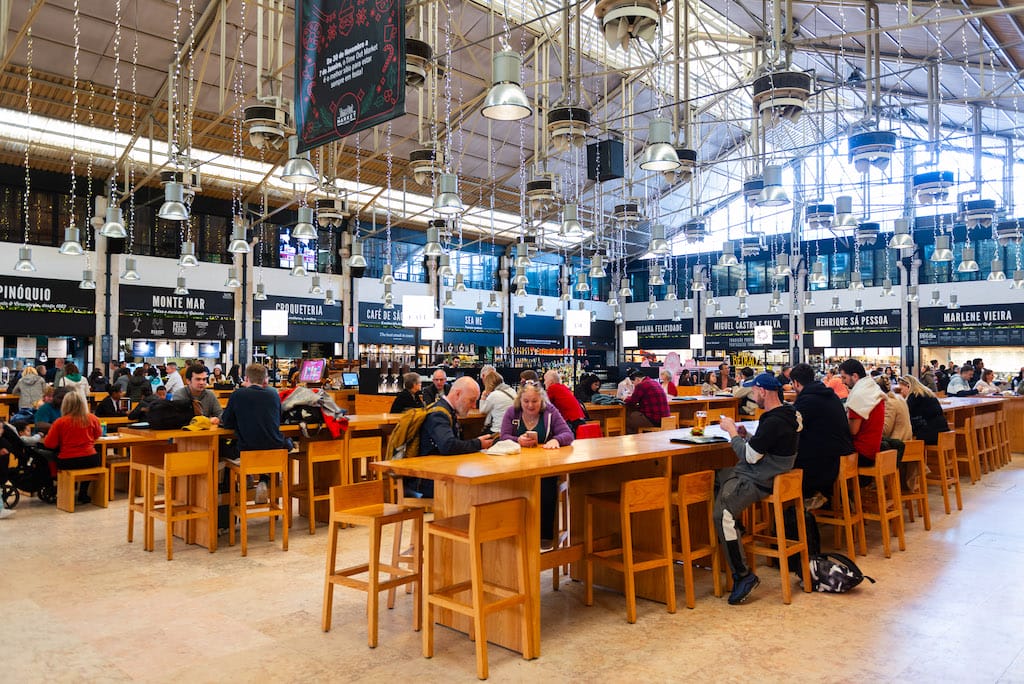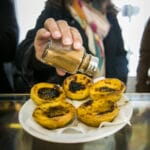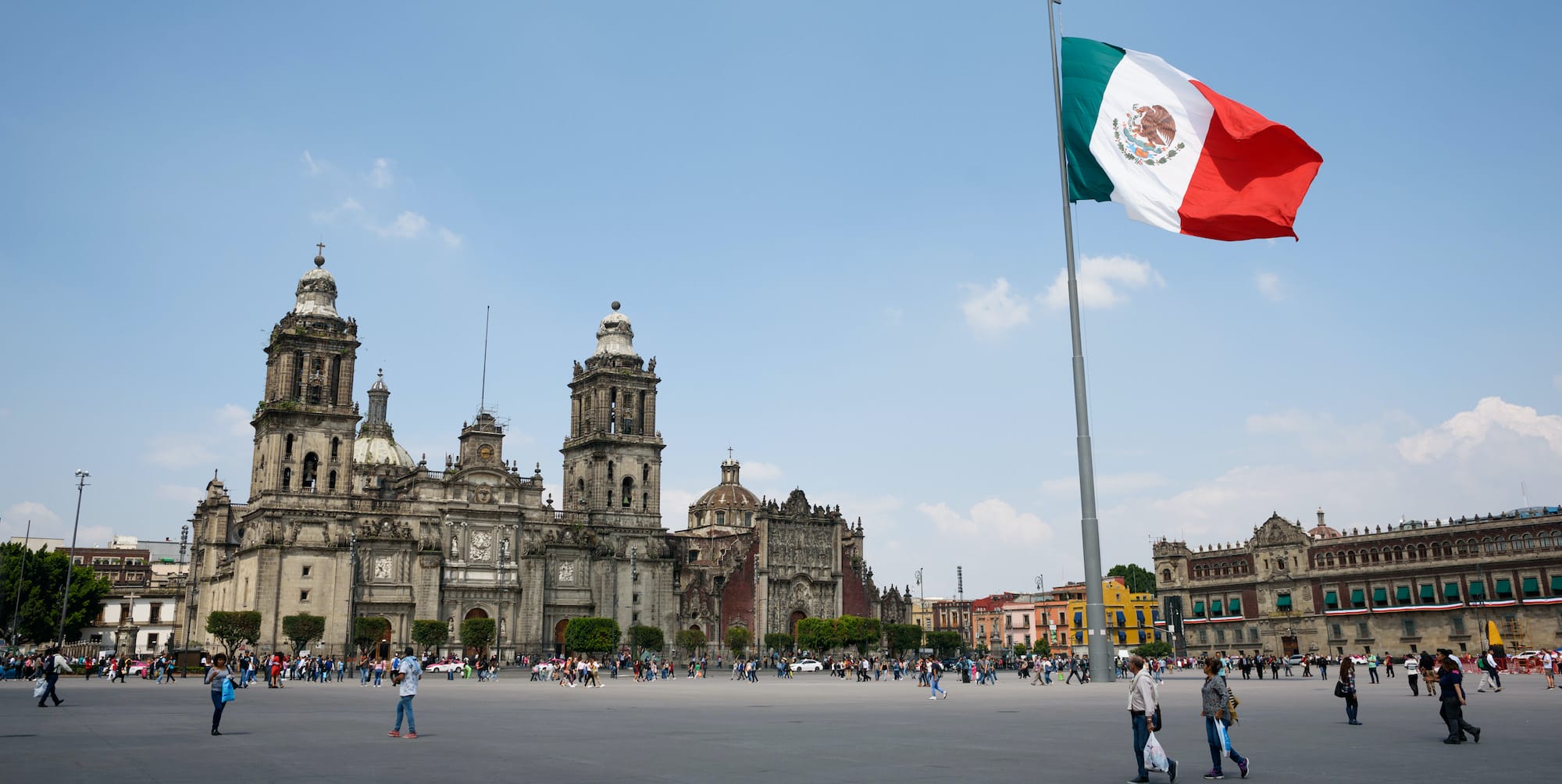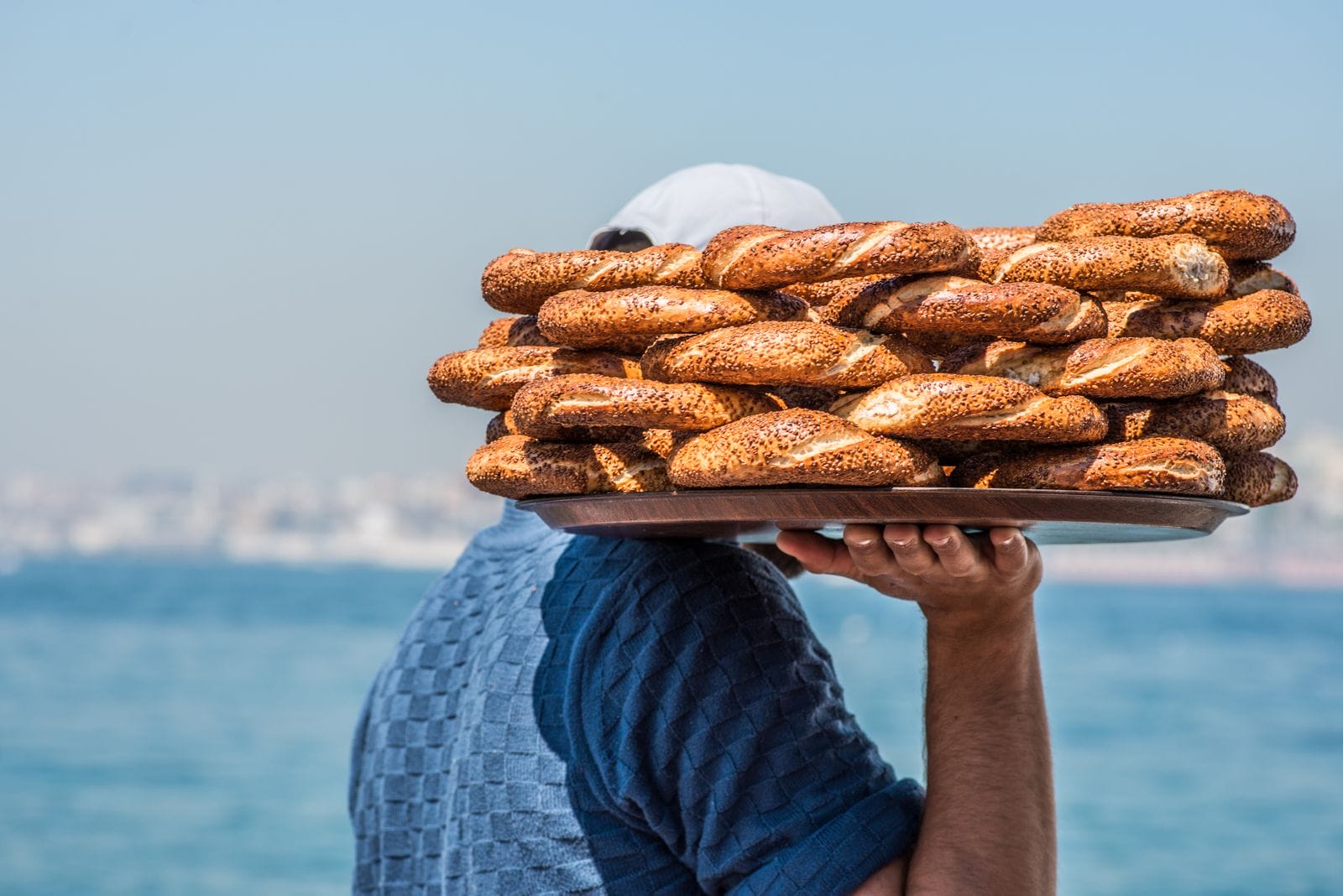It’s not an exaggeration to say that Lisbon’s fresh markets are disappearing. The Greater Lisbon area is home to 28 market spaces, yet only ten of these witness any significant commercial activity. As the city’s shoppers increasingly shift to supermarkets, its traditional markets have had to find new ways to remain relevant. In an effort to do this, some Lisbon markets have opted to transform part of their spaces into food courts – a phenomenon sometimes called the “Time Out effect,” after the high-profile market of the same name.
It’s been a decade since the first of these relaunches, so we decided to visit the three Lisbon markets that have adopted it. What we witnessed showed a model that in one case seems to benefit both the traditional market and food court sides alike, while in the other cases, appears more lopsided.
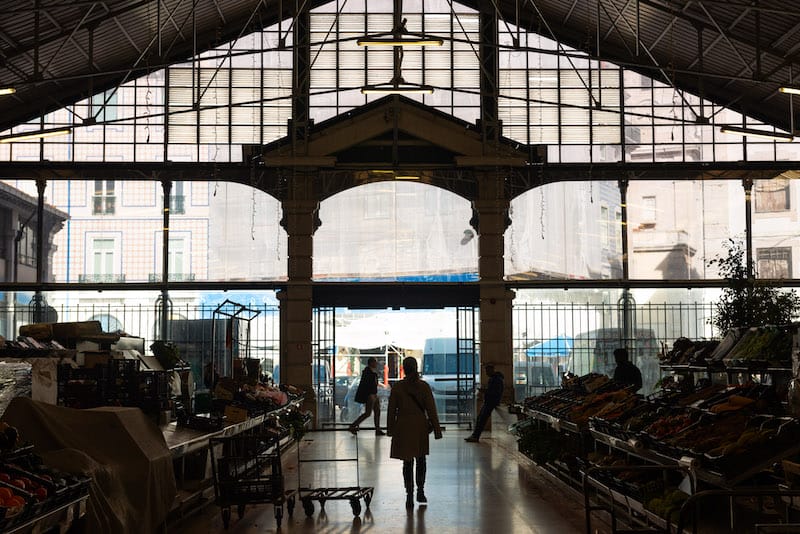
In 2013, Lisbon’s Mercado de Campo de Ourique became the first of the city’s traditional market spaces to adopt a food court model. Inspired by Madrid’s Mercado de San Miguel, the 1934-era structure underwent a renovation that swapped out a significant portion of its vegetable and fruit stalls for more than 20 restaurant and bar stalls, as well as seating for diners.
A decade on, the food court continues to dominate the core of Mercado de Campo de Ourique, but surrounding it, the elements of a traditional Portuguese market still exist: a cafe, three butcher shops, a bakery and stalls selling fruit, vegetables, dried goods and seafood. We arrive at the market at noon on a recent weekday, and nearly all the stalls appear occupied. There are a handful of people shopping, restaurant vendors are setting up, seafood vendors are closing down and diners are trickling in. We spot a restaurant vendor buying produce at a vegetable stall, and some tourists buying fruit. It has the appearance of a healthy, functioning market, with the added benefit of some collaboration between the market side and the restaurant side. We stop at a couple stalls to get a closer look.
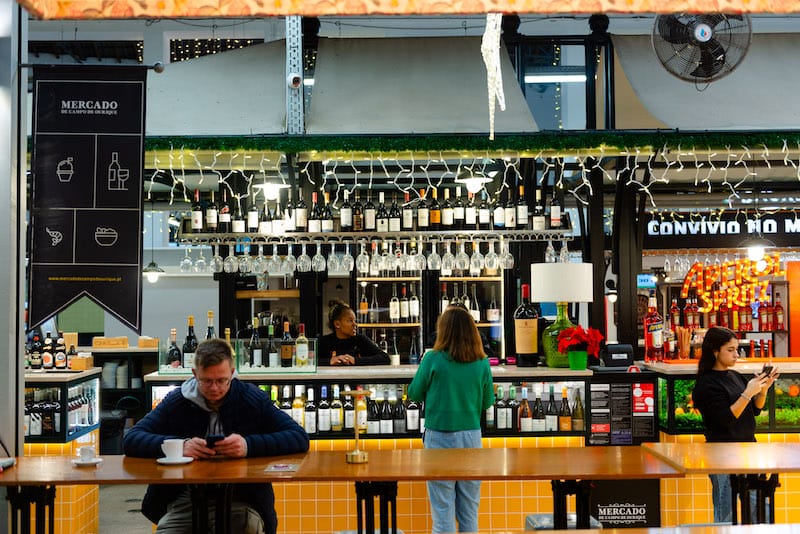
“Even the foreigners who come here will buy some fruit after lunch,” says Catarina, a vendor at Frutas Aurora, a stall that has been selling fruit at the market since 1952, when asked if diners tend to support the traditional market side. “Not everybody, but some of them do.”
We ask Catarina about the relationship between traditional market vendors and the restaurant side, and she points to a nearby bar: “I sell fruit to that bar over there – they make their drinks with my fruit!”
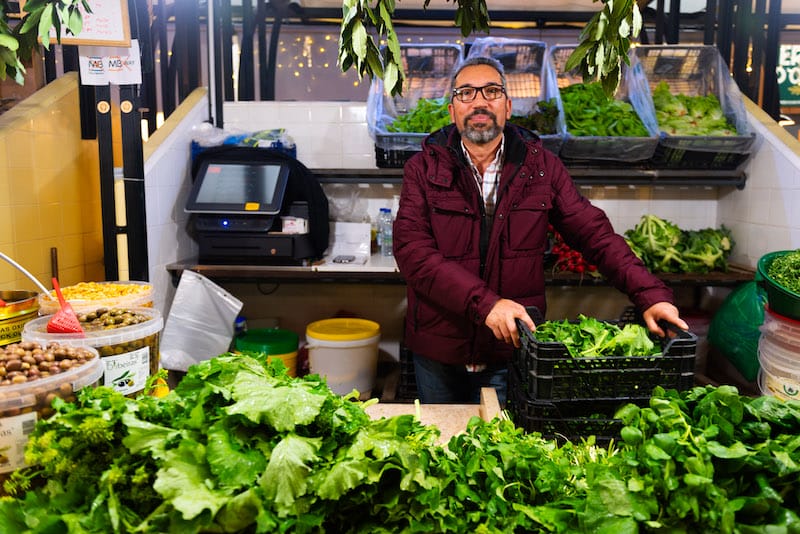
“The restaurants have helped,” says Jorge, a vegetable seller at the market for nearly a decade, when presented with the same question. “There used to be lots of empty stalls. I think it’s a symbiotic relationship.”
Mercado de Campo de Ourique may have been Lisbon’s first market to move in the food court direction, but the highest-profile example is undoubtedly Mercado da Ribeira. In 2014, the city’s central market space converted half of its real estate into the magazine-branded food court, the Time Out Market. Nearly a decade on, the food court side – more than two dozen restaurants, eight bars and a dozen shops – is packed on a regular basis; the market claims to have drawn four million visitors in 2018. Its success has spurred copycat Time Out Markets in New York, Chicago, Boston, Montréal, Dubai and Cape Town.
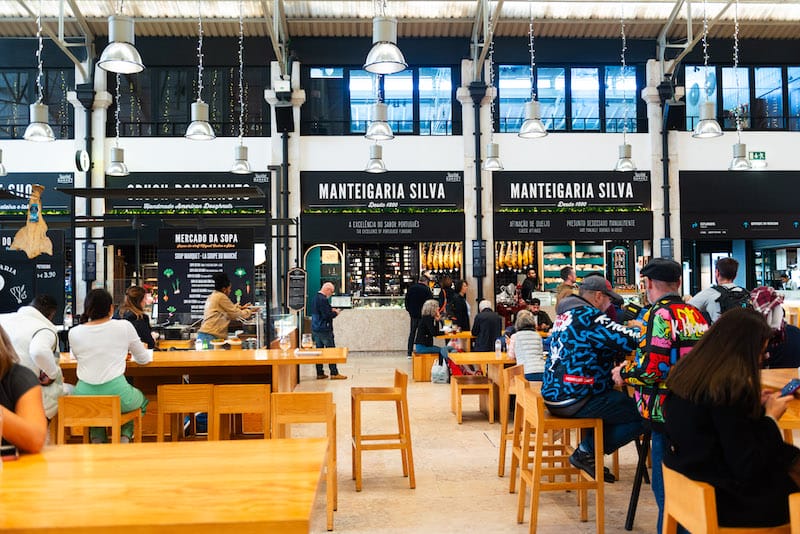
At noon on a recent Friday, The Time Out Market is already buzzing with diners and drinkers. There’s music playing, and nearly all the dining spaces are occupied. We ask Marco, a tourist from Switzerland, if he visited the Mercado da Ribeira side.
“I was there with my wife, and she was really surprised that there was a market. We didn’t know!”
Although located only steps away, Mercado da Ribeira is a cavernous but empty-feeling space with a dwindling handful of fruit and vegetable vendors, fishmongers and butchers, and even fewer customers.
“The restaurants over there are owned by large companies,” says Carlos, an egg vendor, gesturing at the Time Out Market. “They have their own suppliers; they don’t buy things here.”
“What’s happening over there is tourism,” says Carla, a fruit and vegetable vendor. “And tourists don’t buy produce.
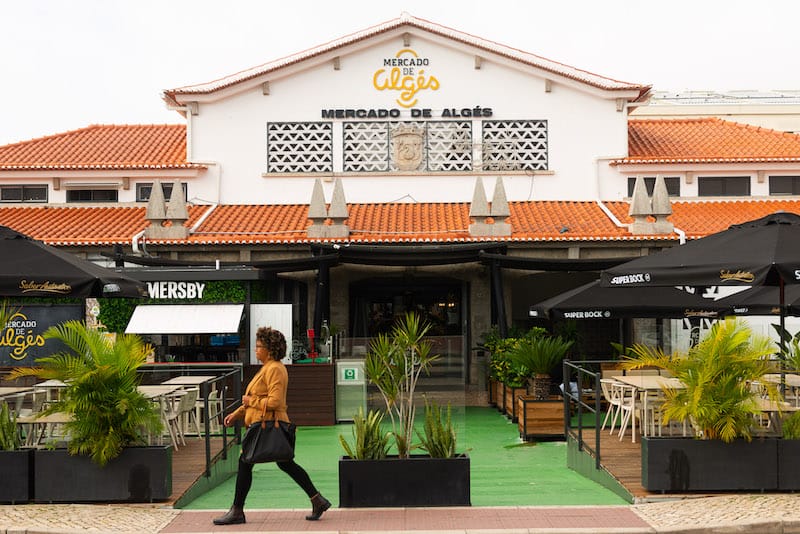
The most recent market to make the shift is Mercado de Algés. In 2015, the 1950s-era market transformed one of its three halls into a contemporary food court. Today, the space is occupied by a dozen stalls with names like Tanuki Asian Street Food, Mamacita and Puro Italiano. There’s indoor and outdoor seating, big-screen TVs and even a stage for live music and other events.
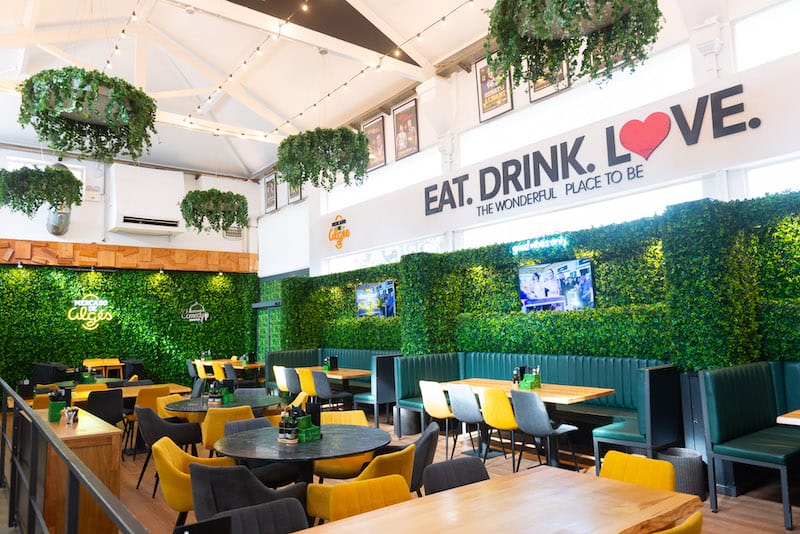
The traditional market side was also renovated, and today consists of a modern-feeling but empty-feeling central hall with a handful of fruit and vegetable vendors, a poultry vendor, a stall selling bread, and an adjacent, virtually empty hall for fishmongers. On a recent weekday, approximately half of the market’s stalls appear occupied, and there are few shoppers.
“It’s worse,” says Sónia, a fruit and vegetable vendor, when we ask how the market’s transformation has impacted her business. “They closed three streets to open this thing. Thirty years ago, there were ninety percent more customers.”

“In the old days, there were 32 fish vendors,” says Conceição Pires, a second-generation fishmonger who has worked at the market for 50 years. “Now there’s just three. It’s getting fewer and fewer.”
After expressing that the renovation has done nothing to help the market side, she gestures at fish just brought in by local fishermen: “Sometimes I want to cry. Look at all this beautiful fish!”
Austin BushAustin Bush
Published on February 01, 2024
Related stories
April 18, 2024
Trips-Page-TestMexico City has a complex and fascinating cultural identity: it is a place where pre-Hispanic, Colonial, and contemporary influences collide in a riot of street food, and bustling markets. Here, the Aztec ruins of the city aren’t just buried under the surface, they become a backdrop to a thriving, ever-changing metropolis, a microcosm of many…
April 4, 2024
LisbonQuick Bite: On this food tour in Lisbon, we’ll experience a cultural feast, tasting some of the most diverse bites of the city’s gastronomy and meeting the people behind them. The oldest city in Western Europe, once the hub of a trading empire that connected Macau in the east to Rio de Janeiro in the…
February 28, 2024
Food Tours NDQuick Bite: This full-day Istanbul market tour draws from our best-of list in the European side’s Karaköy neighborhood and the Asian Kadıköy, tied together by a Bosphorus crossing, visiting two markets on two continents. Our favorite Istanbul experiences include exploring the eateries in local markets and crossing the Bosphorus on the public ferry. The route for…







































